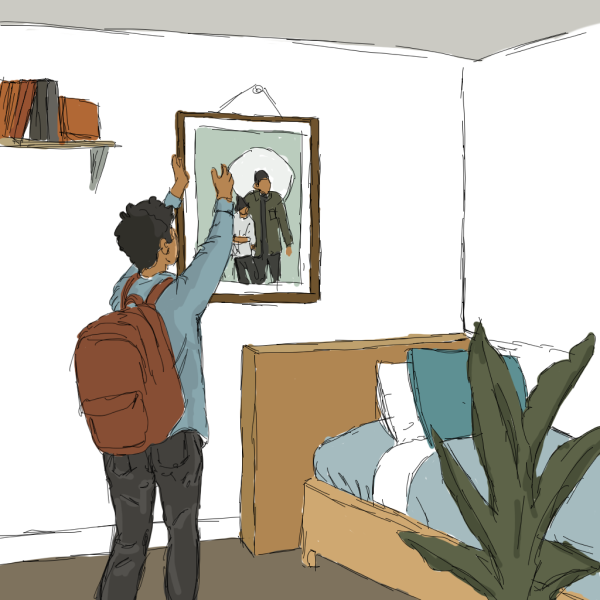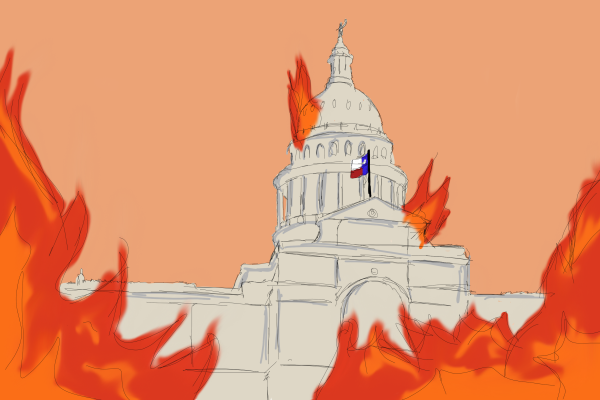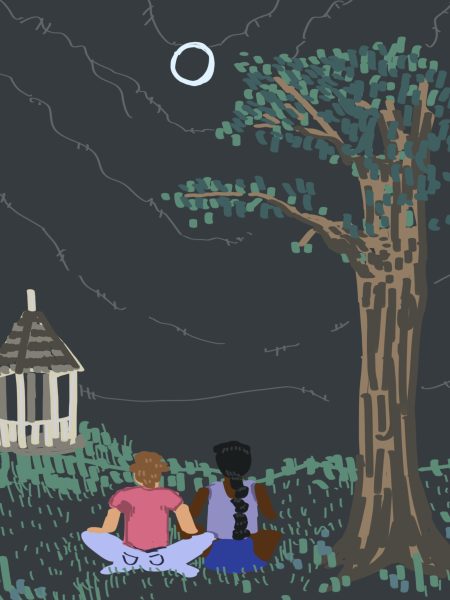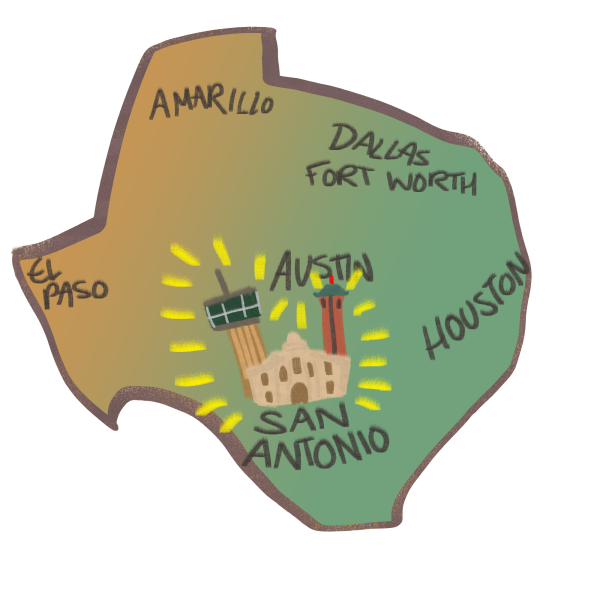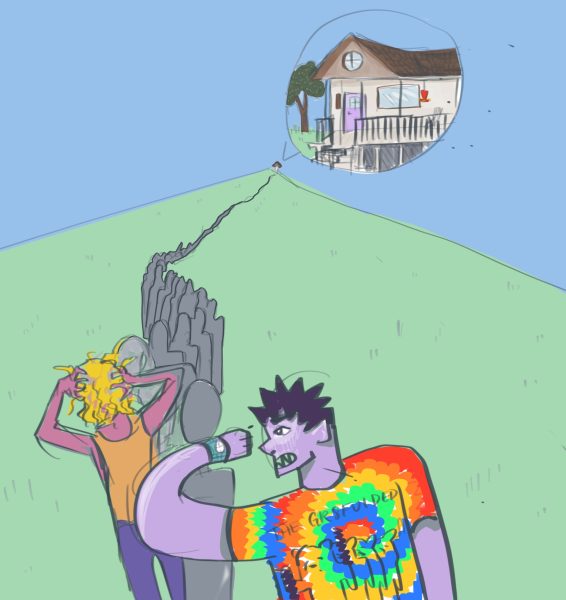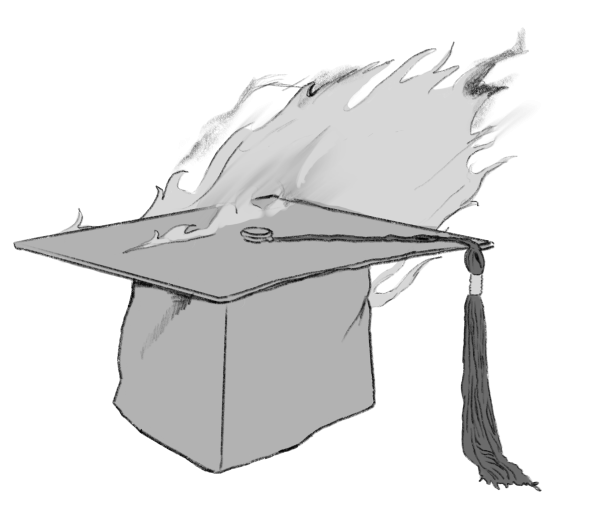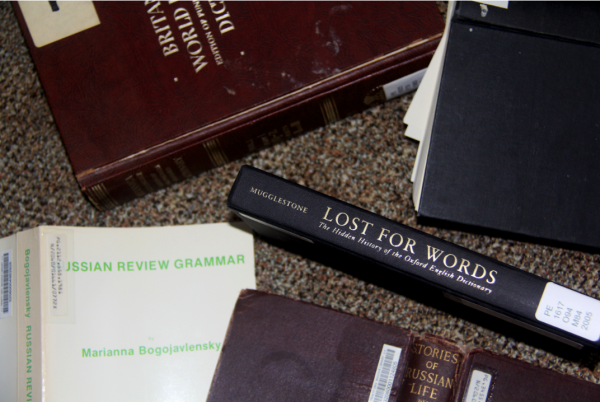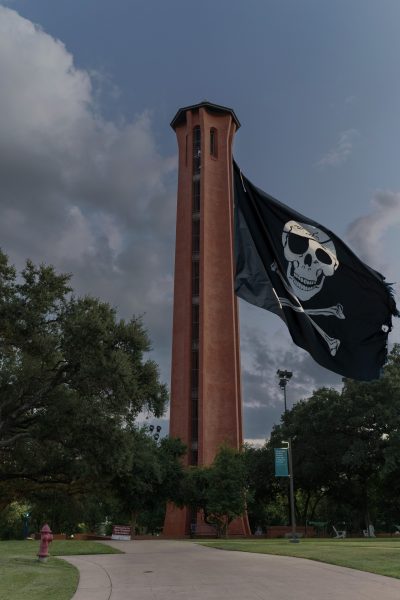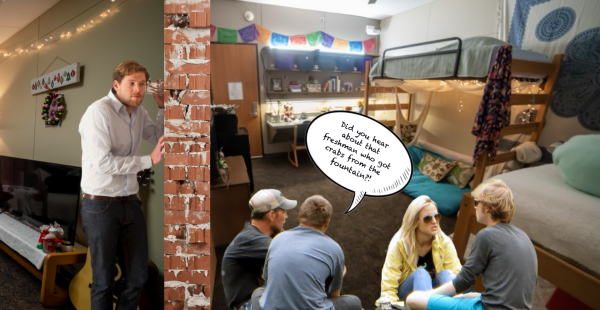How did we get from bubble tea to boba liberalism?
Food is a tangible product, made for consumption. In more sentimental terms, it has been frequently described as a “universal language” that transcends borders or backgrounds. In the U.S., a land in which immigrant groups have lived in constant and varied states of assimilation, food is both a temporary portal to one’s point of origin and a potential path forward.
For me, food is something where I can truly be myself. At least in Western culture, being really Asian or really authentic is praised. While every culture has its own set of vital dishes and culinary traditions, it’s striking how much of the pantheon of symbols of Asian-American identity comprises food and drinks. These icons, from bubble tea to Pocky sticks to ramen, are not just objects to consume, but also to wear and display, to trade as inside jokes, to signify and perform a shared idea of identity. Foreign dishes like xiao long bao, bún bò Huế, and sisig have become shorthand for the kind of worldliness and trendiness that urban-dwelling Americans aspire to. After so long, there is at least a growing visibility that gestures at some form of acceptance.
But mere representation and a shrinking distance between Asian Americans and mainstream white respectability isn’t a substitute for meaningful politics. Therein lies the danger of conflating food and identity in mass culture of consumption and commodification. As Bell Hooks writes in her essay “Eating the Other,” “within commodity culture, ethnicity becomes spice, seasoning that can liven up the dull dish that is mainstream white culture.”
While bubble tea itself is neither inherently political nor bad, some Asian Americans are critical of the dominant strain of Asian-American politics, called “boba liberalism.” I was in awe when I first came across the term. Initially coined by Twitter user @diaspora_is_red, “boba liberalism” describes Asians who identify as liberal, who support Asian causes and injustices, but only doing so to preserve their proximity to whiteness.
I think the term “boba liberalism” obscures the diversity present in the community. It effaces the stories of working-class families, stories of undocumented immigrants, and stories of people who are fundamentally vulnerable in the community. Another issue with “boba liberalism” is rooted in its prevalence among middle- to upper-middle-class East Asian communities and how they maintain the dominant voice within the Asian American and Pacific Islander (AAPI) sphere.
My concern is that our priorities should be reassessed and that they should go deeper than boba liberal causes like representation in pop culture, for instance in “Crazy Rich Asians.” Although it is valid for Asian Americans to complain about invisibility and not being seen nor heard, we should talk more about the elderly being violently attacked. In this case, it’s the friction between being concerned with representation over being concerned about the lives of the people.
Bubble tea is a gimmick, a meme, a stereotype, but it’s also a reference point for identity that generations of Asian Americans have used to cleave out their own place in the world. If we want to end Asian hate, it is imperative to leave behind the boba liberal ideology that tends to fuel many who repeat “Stop Asian Hate.” We need to analyze the ways in which we face injustice, but also the ways we perpetuate it, and take a look at who it is we’re actually fighting.
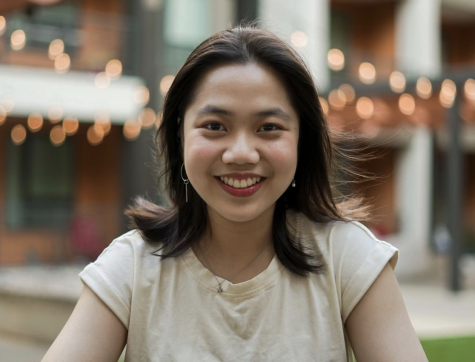
I am a native of Hanoi, Vietnam, and spent part of my childhood in Bangladesh and Cambodia. I am a senior majoring in Piano Performance and Communication,...


